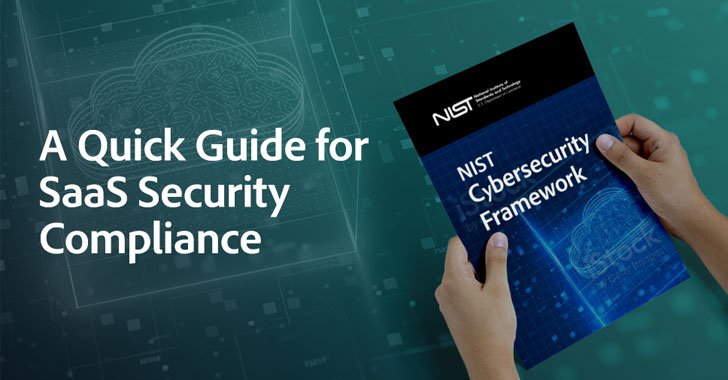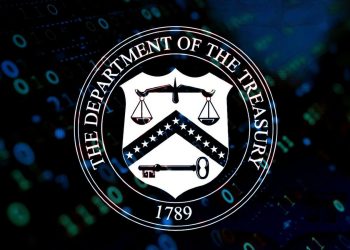When I want to know the most recently published best practices in cyber security, I visit The National Institute of Standards and Technology (NIST). From the latest password requirements (NIST 800-63) to IoT security for manufacturers (NISTIR 8259), NIST is always the starting point. NIST plays a key role as a US standard-setter, due to the organization’s professionalism and the external experts who help to create NIST documents.
The NIST Cybersecurity Framework (CSF) was initially released in 2014 and last updated in 2018. The framework enables organizations to improve the security and resilience of critical infrastructure with a well-planned and easy-to-use framework.
The continuing growth in SaaS, and the major changes to the work environment due to COVID-19 bring new security challenges. Although the CSF was written and updated while SaaS was on the rise, it is still geared towards the classic legacy critical infrastructure security challenges. However, organizations can better respond to new risks by adapting the CSF to modern, SaaS-based work environments.
I personally love this Framework, but truth be told, when one reads the Framework in-depth, its complexity is apparent, and following it can be difficult. This article will review the CSF’s key elements, point out its key merits, and suggest implementations for SaaS security.
Learn how to automate your organization’s NIST compliance
Overview of NIST CSF
The NIST CSF lays out five functions of security,…



























































